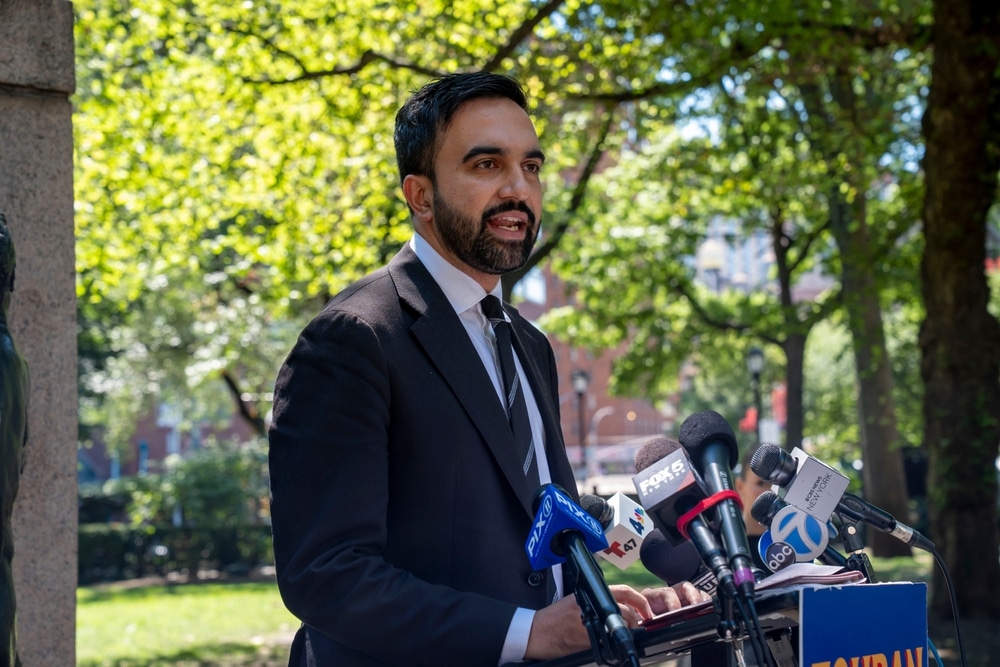
Shutdown Politics: Shifting Narratives and Strategic Messaging in the Trump-Democrat Standoff
A Tale of Two Shutdowns: 2018 vs. 2025
The article frames the current government shutdown as a calculated move by Donald Trump, now in his second term, contrasting it with the 2018-2019 shutdown where he was seen as politically isolated and ultimately forced to retreat. The shift, according to the article, lies in Trump’s improved media strategy and tighter control of the administration, having weeded out internal resistance and learned how to counter opposing narratives more effectively.
Back then, the shutdown centered around $5.7 billion in border wall funding and was derailed by public sympathy for furloughed federal workers. Today, the situation is presented as more favorable to Trump, with growing support from voters and fewer internal leaks or cabinet dissent.
Immigration Claims Without Citation
The article makes a striking claim—that the U.S. is experiencing “the lowest immigration numbers in over 60 years”—and credits Trump’s return and strict policy moves like cutting subsidies for undocumented immigrants. However, it provides no sourcing or data to support this assertion.
While such a trend would be significant, particularly as a policy victory, any analysis of immigration should be grounded in verifiable DHS or CBP data. Without it, the statement invites skepticism, and readers are left to rely on narrative rather than evidence.
Characterizing Democratic Demands: One Side of the Ledger
The article outlines several Democratic demands during the shutdown negotiations, including restoring ACA subsidies for undocumented immigrants, rehiring federal employees dismissed during the shutdown, restoring funding to PBS and NPR, and removing work requirements for food stamps.
These positions are framed as irrational or politically risky, with little exploration of the underlying policy reasoning. For example, Democrats may argue that subsidies are a legal responsibility under asylum law or that food security should not be contingent on employment during economic instability. Ignoring these counterpoints presents a lopsided view that limits the reader's understanding of the full debate.
The Meme Strategy: Distraction or Dominance?
One notable section highlights how a Trump meme went viral and supposedly “blew up” the Democrats’ messaging on healthcare subsidies. The article treats this meme as a serious political tool—evidence of Trump’s newfound command of public communication.
To be sure, memes can shift narratives in today’s hyper-digital political ecosystem. But suggesting that a single viral image fundamentally derailed policy arguments over ACA provisions may be overstating its impact. Memes drive engagement and base enthusiasm, but they are rarely the substance of policy consensus.
Ignoring the Economic Toll of Shutdowns
Perhaps the most glaring omission in the article is any acknowledgment of the financial consequences of a prolonged government shutdown. These events are not cost-free: they delay paychecks, stall federal services, lower GDP, and shake market confidence. In past shutdowns, the U.S. economy has lost billions.
By sidestepping this entirely, the article focuses narrowly on political momentum without addressing the collateral damage to the public and the economy. Whether one supports the White House strategy or not, ignoring this dimension leaves the analysis incomplete.
A Changed Media Battlefield
Despite its partisan tone, the article accurately reflects a major shift in political communication: the decentralization of narrative control. Traditional media outlets no longer dominate the national conversation. Instead, platforms like X (formerly Twitter), TikTok, Substack, and alt-news sites set the tone—and politicians who can navigate this terrain effectively often gain an edge.
The article suggests that Trump’s messaging is more disciplined and tailored to these digital platforms, and that his supporters are more effective at viral distribution than their Democratic counterparts. In that sense, the piece taps into a real and consequential dynamic.
Conclusion: Narrative Over Nuance
While the article effectively channels the mood of a political base energized by Trump’s confrontation with Democratic leadership, it lacks the balance and depth expected of serious policy commentary. By omitting economic consequences and failing to engage with the rationale behind opposing views, it prioritizes narrative dominance over full-spectrum analysis.
That said, it successfully illustrates how perception can shape political outcomes—sometimes more decisively than actual legislation. In the age of digital politics, controlling the storyline may matter more than controlling the facts.
What You Can Do About It
Regardless of who “wins” the shutdown, history shows that political gridlock rarely ends in favor of ordinary citizens. From missed paychecks to closed federal offices, the real cost is paid by the public—while the powerful maneuver behind closed doors.
This is why it’s critical to prepare your financial future now—outside the system.
📘 Download Bill Brocius’ free guide:
7 Steps to Protect Yourself from Bank Failure
📚 Read Bill’s book: End of Banking As You Know It — a blueprint for surviving currency collapse, bail-ins, and digital financial surveillance.
📩 Join the Inner Circle Newsletter for just $19.95/month and get uncensored, real-time financial insights directly from Bill Brocius.
Don’t wait for a government solution. Prepare yourself—because economic resilience starts at home.











